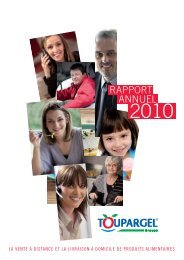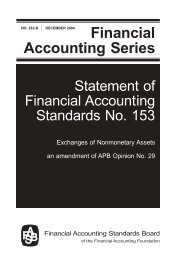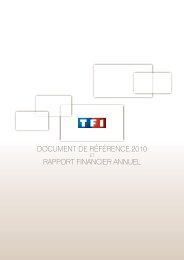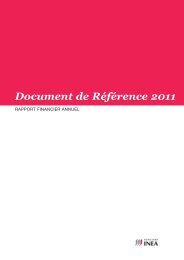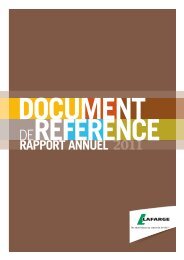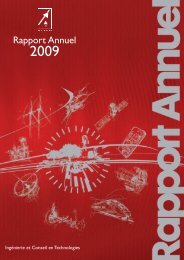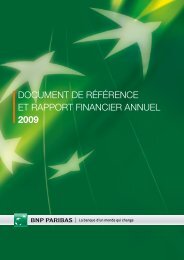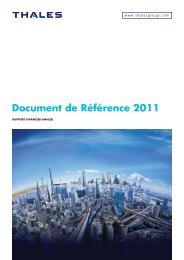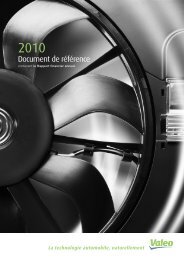Statement of Financial Accounting Standards No. 157 - Paper Audit ...
Statement of Financial Accounting Standards No. 157 - Paper Audit ...
Statement of Financial Accounting Standards No. 157 - Paper Audit ...
You also want an ePaper? Increase the reach of your titles
YUMPU automatically turns print PDFs into web optimized ePapers that Google loves.
Appendix C<br />
BACKGROUND INFORMATION AND BASIS FOR CONCLUSIONS<br />
Introduction<br />
C1. This appendix summarizes considerations that Board members deemed significant<br />
in reaching the conclusions in this <strong>Statement</strong>. It includes the reasons for accepting<br />
certain views and rejecting others. Individual Board members gave greater weight to<br />
some factors than to others.<br />
Background Information<br />
C2. In many accounting pronouncements, the Board has concluded that fair value<br />
information is relevant, and users <strong>of</strong> financial statements generally have agreed.<br />
Paragraph 47 <strong>of</strong> FASB Concepts <strong>Statement</strong> <strong>No</strong>. 2, Qualitative Characteristics <strong>of</strong><br />
<strong>Accounting</strong> Information, states, “To be relevant to investors, creditors, and others for<br />
investment, credit, and similar decisions, accounting information must be capable <strong>of</strong><br />
making a difference in a decision by helping users to form predictions about the<br />
outcomes <strong>of</strong> past, present, and future events or to confirm or correct expectations.”<br />
C3. Some have expressed concerns about the ability to apply the fair value measurement<br />
objective in GAAP, including in response to the FASB Proposal, Principles-Based<br />
Approach to U.S. Standard Setting, issued in October 2002. 24 In large part, those<br />
concerns focus on the reliability <strong>of</strong> the measurements in the absence <strong>of</strong> quoted market<br />
prices, including concerns about the ability to verify the measurements. Paragraph 59<br />
<strong>of</strong> Concepts <strong>Statement</strong> 2 states, “The reliability <strong>of</strong> a measure rests on the faithfulness<br />
with which it represents what it purports to represent, coupled with an assurance for the<br />
user, which comes through verification, that it has that representational quality.”<br />
C4. The Board believes that, in part, those concerns result because there is limited<br />
guidance for applying the fair value measurement objective in GAAP. The guidance<br />
that currently exists has evolved piecemeal over time and is dispersed among the<br />
accounting pronouncements that require fair value measurements. Differences in that<br />
24 In July 2003, the Securities and Exchange Commission (SEC) published, “Study Pursuant to<br />
Section 108(d) <strong>of</strong> the Sarbanes-Oxley Act <strong>of</strong> 2002 on the Adoption by the United States <strong>Financial</strong><br />
Reporting System <strong>of</strong> a Principles-Based <strong>Accounting</strong> System,” which encouraged a move to more<br />
“objectives-oriented” accounting standards.<br />
47



